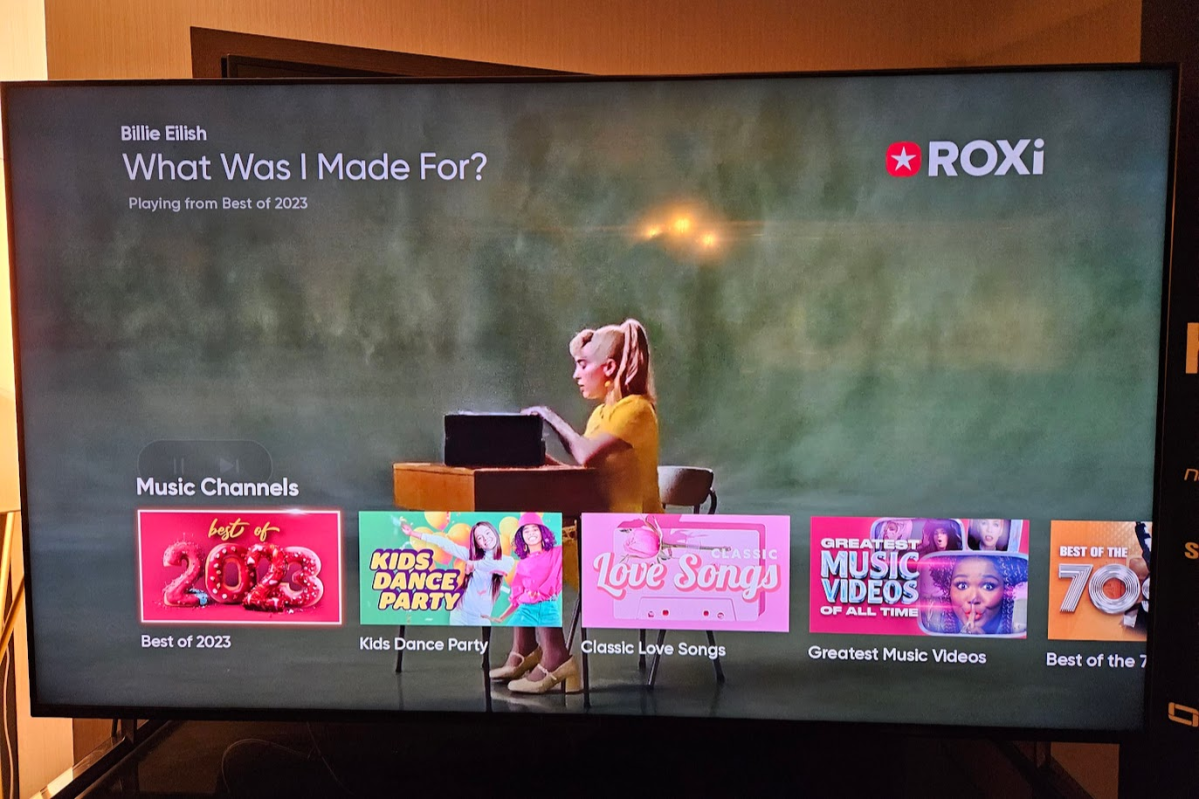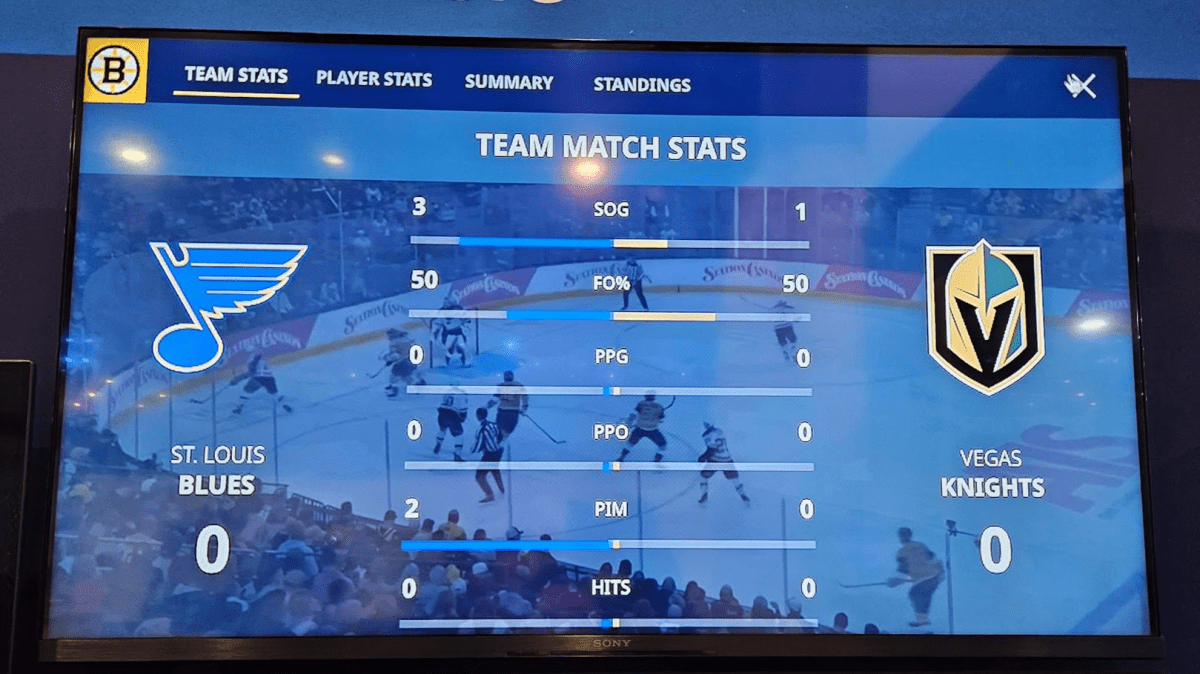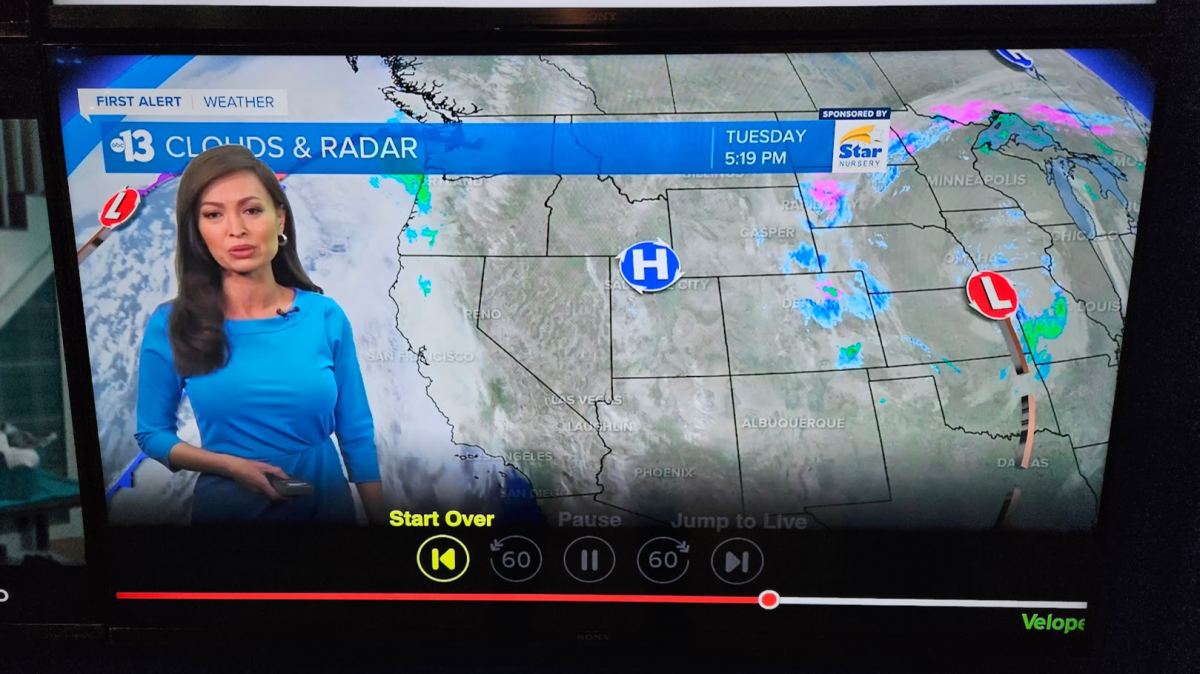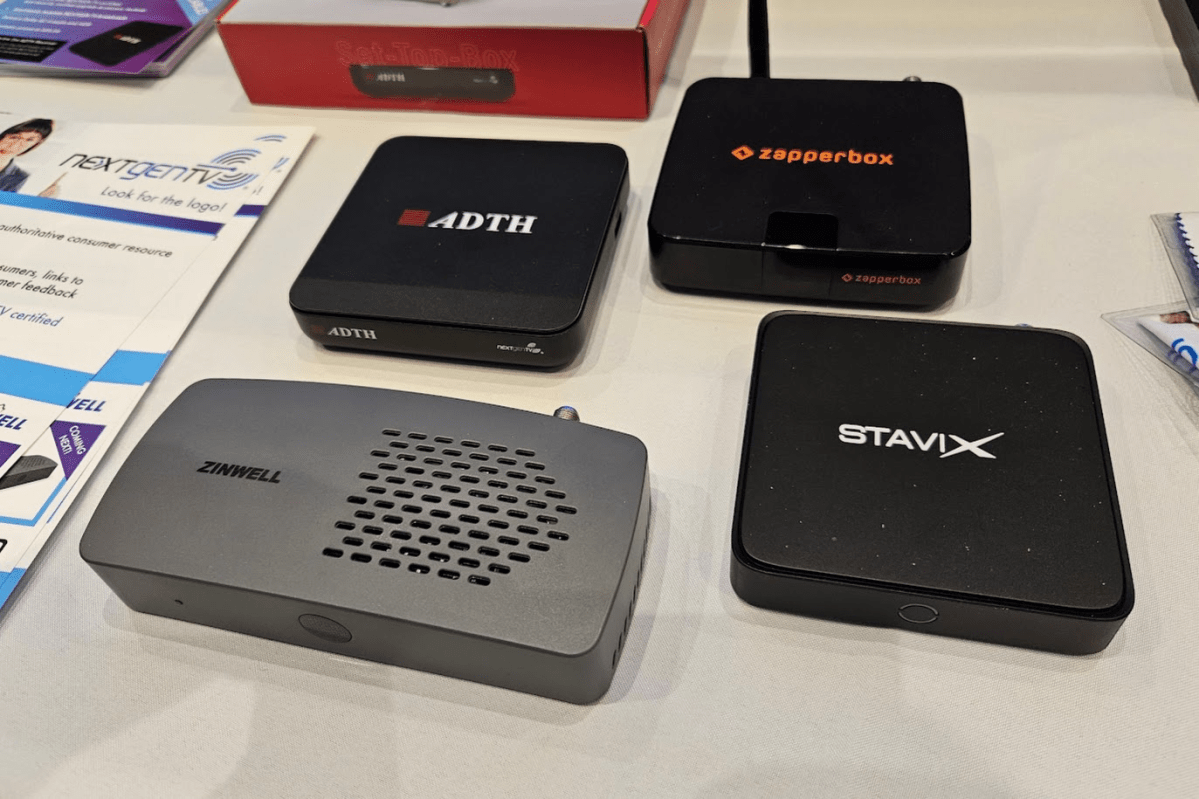After years of false starts, ATSC 3.0 is close to delivering on its promises.
The latest standard for broadcast TV, also known as NextGen TV, will be easier to get this year, with several new aftermarket tuners that won’t require you to replace your entire TV. Just as importantly, broadcasters are readying new ATSC 3.0 features that used to be just theoretical, including HDR video, time-shifting, and an impressive take on interactive television.
ATSC 3.0 still has its share of challenges, and existing TVs that only support ATSC 1.0 broadcasts will remain viable for at least a few more years, so there’s no huge rush to upgrade. But if you do invest in NextGen TV hardware, you might soon have more to show for it.
ATSC 3.0: The story so far
ATSC 3.0 is a new standard for the channels you can get with an antenna, and it’s meant to replace the existing ATSC 1.0 standard that’s built into most TV sets. Broadcasters started launching ATSC 3.0 stations in 2020, and they expect the standard to cover 75 percent of U.S. households by the end of February, 2024
On paper at least, the main benefits of ATSC 3.0 include 4K HDR video support, Dolby Atmos audio, interactive features, and on-demand video. But most of those features have yet to arrive. In the meantime, viewers have been getting 1080p video (up from 1080i or 720p) and a nifty dialog enhancement feature, but that’s about it.
Most antenna TV users aren’t getting ATSC 3.0 right now anyway. That’s because the standard doesn’t work with ATSC 1.0 tuners. Support of the new standard has yet to become table-stakes on new televisions, and external tuner boxes have so far been expensive and beset by DRM issues. Meanwhile, ATSC 1.0 broadcasts remain available, and the FCC is requiring them to stay available until at least 2027.
As a result, every time I check in on ATSC 3.0, it seems to be stuck in neutral. Broadcasters haven’t delivered the features that might compel viewers to upgrade, and hardware makers haven’t rushed to support a standard for which there is limited demand. 2024 is the first year in which ATSC 3.0 seems to be getting past some of those hurdles.
Impressive interactive channels

Jared Newman / Foundry
The most compelling ATSC 3.0 demo I saw at CES this week came from a company called ROXi, which is trying to enter the streaming music market with a focus on TVs.
While ROXi plans to offer its own app on smart TVs and streaming players, it’s also partnering with Sinclair to launch interactive ATSC 3.0 music video channels around the country by the end of March. Unlike with typical broadcast channels, viewers will be able to toggle between genres, pause the music, and skip through tracks.
Technically, Roxi’s music videos aren’t delivered over the air. Once users tune to Roxi’s broadcast channel, it delivers a micro-app that streams the video over the internet. But unlike with streaming TV apps, users don’t need to install anything, and the features should work on any ATSC 3.0 TV or tuner. That convenience and consistency is one of ATSC 3.0’s stealthier advantages over streaming.
Rob Lewis, Roxi’s CEO, says broadcasters have taken interest in the underlying technology, and that the company might license it for other uses. This could lead to interactive news channels where you can choose between different story feeds, or a shopping channel where you choose between different types of products.

Jared Newman / Foundry
Roxi isn’t the only company working on interactivity, as broadcasters have also demoed the ability to view news clips and sports stats on regular ATSC 3.0 stations. Anne Schelle, managing director of the broadcaster consortium Pearl TV, says 70 stations are supporting these features now, and more than 200 stations plan to support them by the end of 2024. Schelle also said a “major network” plans to launch its own interactive features in a couple of months.
HDR is happening (but 4K still isn’t)
Broadcasters have always touted 4K HDR video as a major benefit of ATSC 3.0. While the 4K piece isn’t here yet, broadcasters are getting ready to ramp up high dynamic range (HDR), which promises more vivid colors and contrast on TVs that support it. ATSC 3.0 stations will support HDR10 as a baseline, with broadcasters also able to offer Dolby Vision, HDR10+, or Technicolor’s Advanced HDR.
Still, the details on which content will actually broadcast in HDR remains murky. A small number of Sinclair-owned stations currently broadcast HDR content around the clock, but that content is up-converted from standard dynamic range, and only on Hisense TVs. ATSC President Madeleine Noland hinted that we might see a major national sporting event support HDR in the near future. (She wouldn’t name it, but I inferred that it might be the Super Bowl.)
Just don’t expect 4K anytime soon. As before, the problem with 4K is that it requires a lot more bandwidth than HD video, and broadcasters don’t have bandwidth to spare while they’re still required to simulcast their channels in the older ATSC 1.0 format. That won’t change until at least 2027, when the FCC might drop the simulcasting requirement.
“Start Over” comes to live TV

Jared Newman / Foundry
Even if you’re not interested in a full-blown over-the-air DVR, you might still be able to jump back to the start of some ATSC 3.0 broadcasts. The major broadcaster Scripps is starting to launch this feature on some of its broadcasts now.
More ATSC 3.0 tuner hardware arrives

Jared Newman / Foundry
None of these features will do much good if you need to throw out your existing TV to enjoy them, so it’s encouraging to see more tuners coming to market soon. ATSC is currently touting four of them as NextGenTV-certified:
- A $90 tuner from ADTH, now available at Walmart.
- The $250 Zapperbox M1 over-the-air DVR, which I reviewed in 2023.
- A forthcoming $90 tuner from a company called Stavix.
- A $149 tuner from Zinwell, which will be sold by antenna vendor Channel Master. It’s notable for being the only tuner that can play encrypted ATSC 3.0 channels without an internet connection.
Those are in addition to SiliconDust’s HDHomeRun Flex 4K, which doesn’t have NextGenTV certification and does not currently support playing encrypted channels.
On the downside, TV support is still slow-going. While Sony puts ATSC 3.0 in all of its models, and Hisense puts it in most of its TVs, Samsung only reserves it for pricier televisions. TCL announced that it will support ATSC 3.0 in some capacity this year, but LG actually pulled ATSC 3.0 support from its 2024 televisions due to a patent dispute. Vizio remains absent from the list, as do most budget-oriented brands such as Toshiba, Insignia, Walmart Onn, and RCA.
All of which means that shoppers who want an ATSC 3.0 TV in 2024 will still need to look closely at whether their desired TV supports it. (The NextGen TV website maintains a list of compatible sets.)
The DRM debacle
The other big issue for ATSC 3.0 is its use of encryption to lock down over-the-air channels. While DRM has always been part of the standard, it became a problem last year as broadcasters started encrypting their channels and locking out early tuner adopters.
ATSC President Madeleine Noland told me that she thinks DRM is working just fine, pointing to the handful of tuners now certified to play encrypted channels.
Still, ATSC 3.0’s DRM scheme does hinder over-the-air DVR today, and it even gives broadcasters the capability to restrict or even block recordings in the future. (The industry’s encoding rules do prohibit restrictions on recordings, but only for content that is simulcast in ATSC 1.0.) While Noland said she hasn’t heard of any broadcasters who are planning to restrict recordings after ATSC 1.0 is sunset, I still consider the issue unresolved.
What you need to know about ASTC 3.0
As before, I don’t recommend that cord-cutters rush to replace their TVs or over-the-air DVRs just for the sake of ATSC 3.0. Even in 2024, there are too many unanswered questions about the benefits they’ll get in exchange.
But if broadcasters start delivering some key ATSC 3.0 features this year, they might finally compel more TV makers to get on board. In the meantime, the arrival of cheaper external tuners will help antenna enthusiasts who are happy with the TVs they already have.
This story has been updated to clarify broadcaster rules around over-the-air DVR for encrypted channels.
Sign up for Jared’s Cord Cutter Weekly newsletter to get columns like this one every Friday.

